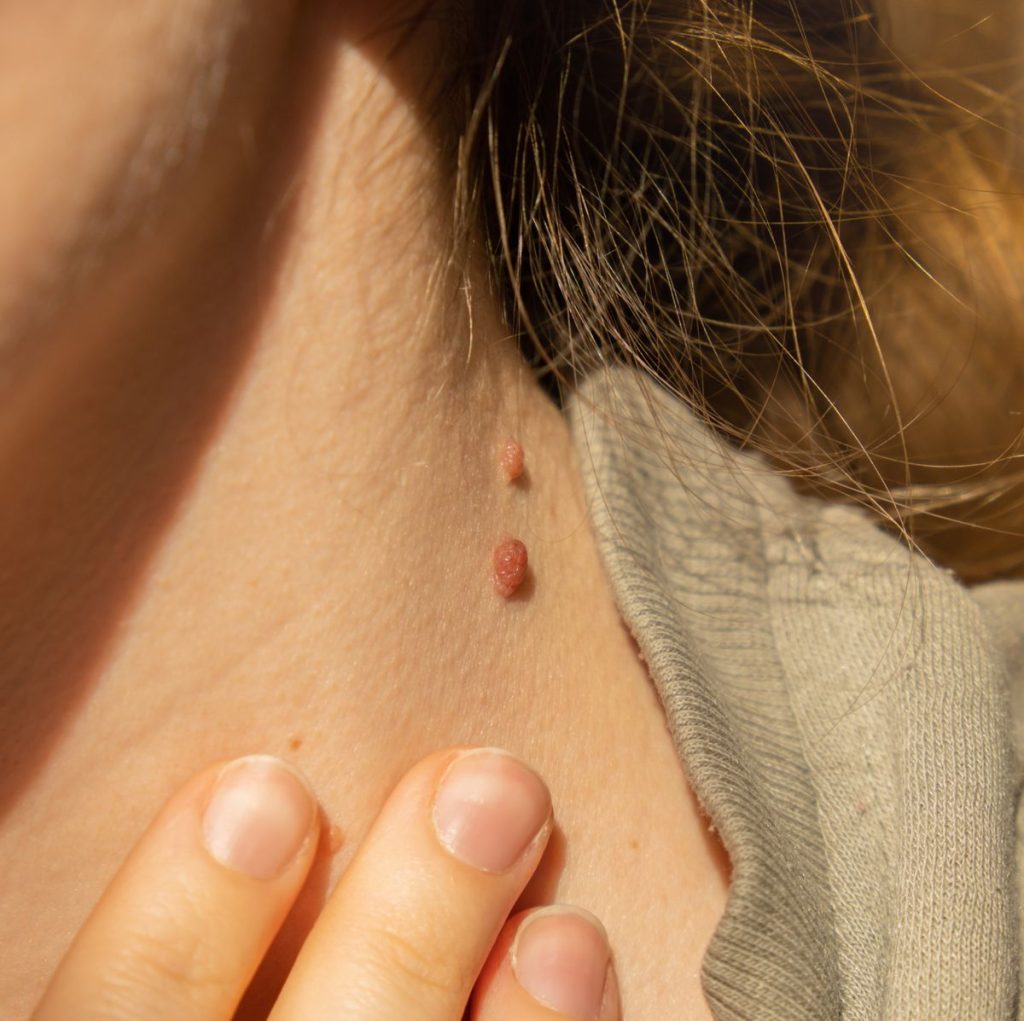Unveiling the Diversity of Skin Tags: A Pictorial Exploration

Introduction
Our skin is a canvas that tells a unique story of our genetics, experiences, and health. Among the myriad of quirks that adorn our skin, skin tags stand as a common yet intriguing occurrence. These small, benign growths can vary greatly in appearance and location, adding to the pictures of different types of skin tags individuality of our skin’s landscape. This article embarks on a visual journey through various types of skin tags, shedding light on their distinctive features and demystifying their nature.
1. The Nature of Skin Tags
Skin tags, also known as acrochordons, are harmless, soft, and usually painless growths that appear to hang off the skin’s surface. They are composed of collagen fibers and blood vessels surrounded by a thin layer of skin. While the exact cause of skin tags is not entirely understood, factors like genetics, friction, hormonal changes, and obesity have been linked to their development.
2. The Uniqueness of Skin Tags
Just as no two individuals are identical, neither are skin tags. Their appearance can vary significantly, offering a wide array of textures, sizes, and colors. Some skin tags may be as small as a grain of rice, while others can grow up to the size of a grape. The colors can range from flesh-toned to slightly pigmented, making their identification intriguing for dermatologists and researchers.
3. Classic Pedunculated Skin Tags
One of the most common types of skin tags is the pedunculated skin tag. These growths are attached to the skin by a thin stalk, resembling a small balloon on a string. Their stalks allow them to dangle freely, often found in areas where skin rubs against skin or clothing, such as the neck, underarms, and groin.
4. Friction-Induced Skin Tags
Friction plays a significant role in the development of skin tags. Areas that experience constant rubbing or chafing are prime spots for these growths to emerge. This can include the folds of the eyelids, beneath the breasts, and on the inner thighs. Their presence exemplifies how our skin reacts and adapts to the environment it encounters.
5. Pigmented Skin Tags
While most skin tags are flesh-colored or slightly lighter, some can take on a pigmented appearance due to an increased concentration of melanin. These darker-hued tags can be a source of concern for individuals, as they might resemble moles or other pigmented skin lesions. It’s crucial to differentiate between benign pigmented skin tags and potentially harmful growths.
6. The Role of Genetics
Genetics is a significant contributor to the formation of skin tags. If your parents or other family members have had skin tags, you might be more prone to developing them as well. This emphasizes the interconnectedness of our genetic makeup and how it influences the nuances of our skin.
7. Seeking Medical Advice
While skin tags are generally harmless, seeking medical advice is recommended if you notice any changes in size, color, or texture. This is especially true if the growth becomes painful, itchy, or bleeds. A dermatologist can accurately diagnose the growth and suggest appropriate treatment options.
Conclusion
Our skin is a canvas that portrays the complexity of human biology and experience. Skin tags, though innocuous, contribute to this intricate tapestry, showcasing the uniqueness of each individual. As we’ve explored the diverse world of skin tags through vivid imagery and descriptions, we gain a deeper appreciation for the complexity of our bodies and the stories they tell. Remember, while skin tags might be a part of our skin’s narrative, they are but one brushstroke in the masterpiece of human diversity.







